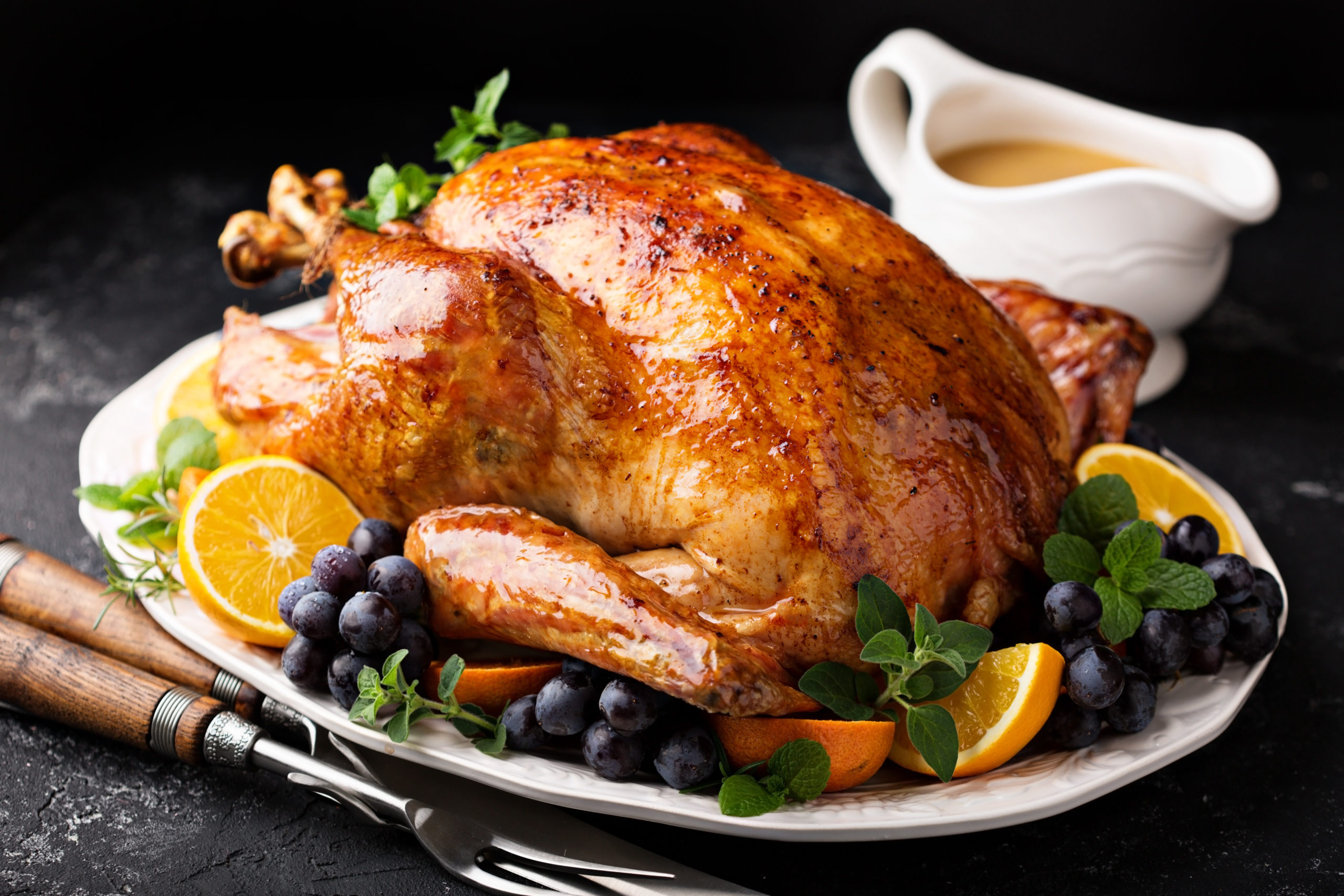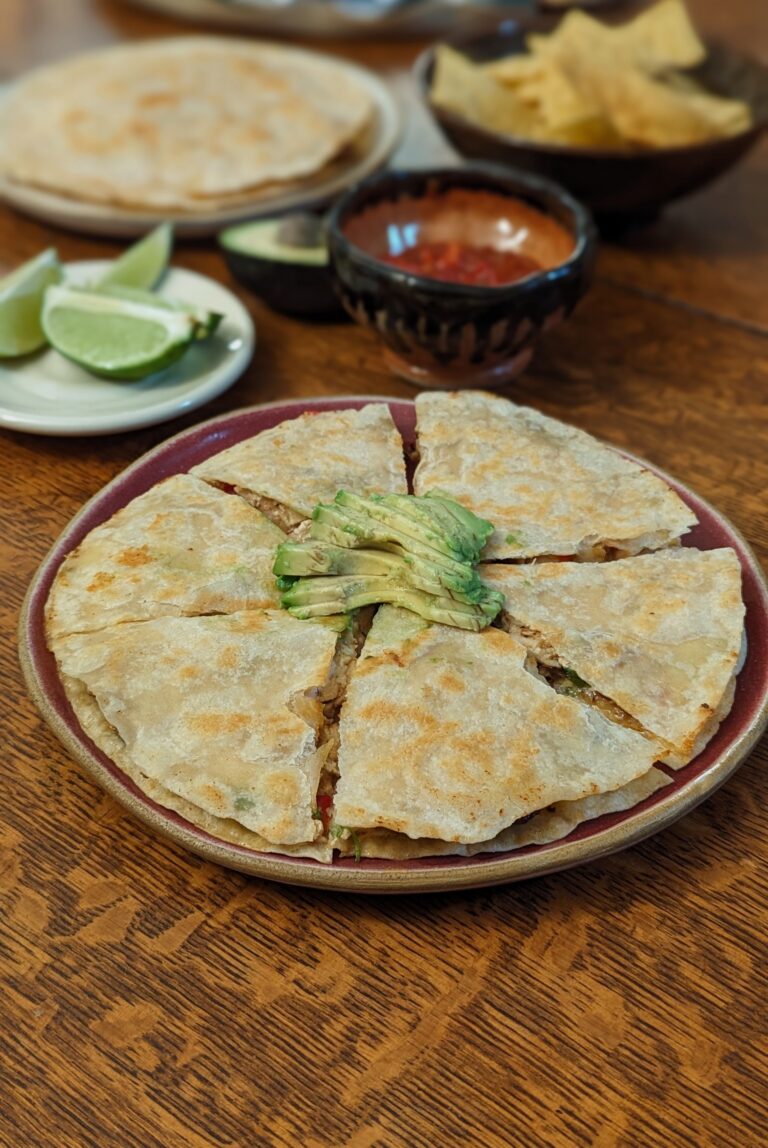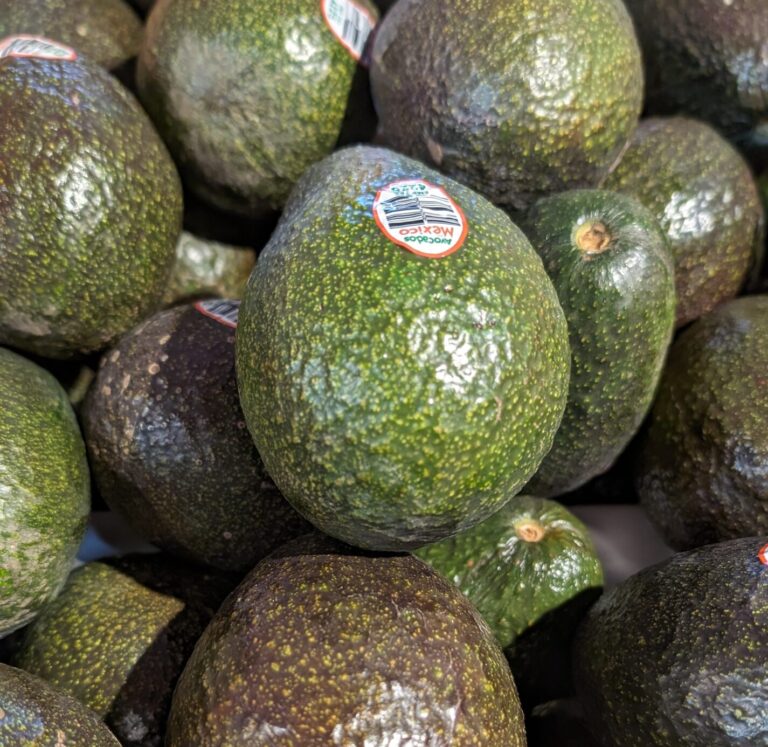There are countless ways to prepare your turkey. But we like to keep it simple. This guide explains the three basic methods, so you can choose the right approach for you (and your bird):
Roast Turkey—All Methods
Unwrap the turkey in the sink and give it a good rinse. The giblet bag is in the neck cavity, not the body cavity. Take it out before you cook your bird. Season the turkey inside and out with salt and pepper.
If you are stuffing your turkey, do not do so ahead of time! Stuff it right before it goes into the oven, to minimize the risk of bacterial growth in the stuffing. You can put herbs, spices, chunks of onion, celery, cut up lemons or oranges in the cavity if you don’t want to stuff the bird with edible stuffing. These “aromatics” flavor the bird as it cooks and the gravy afterward.
Truss the turkey with kitchen string (tie it up in a neat package), and put it in a pan that’s big enough to accommodate it (you don’t want its feet and wings hanging over the side). If you are using a disposable foil pan, put it on a rigid cookie sheet and lift it by holding that, not the pan—the pan can’t be trusted with the weight of the turkey.
Method 1—Plain and Simple
Pre-heat oven to 425, and put the rack in the lowest position. Prepare turkey for roasting, above. Pat the breast dry, then rub with softened butter, salt and pepper. Put in the oven for 20 minutes, then lower the oven heat to 350 and roast according to the size of your turkey, basting with pan juices every half hour until done. If the skin gets too brown, cover with a double layer of foil.
Method 2—Herbed, Self-Basting
Pre-heat oven to 425, and put the rack in the lowest position. Chop a combination of rosemary, sage, thyme and parsley, for a total of about a quarter cup, and add to a cup of softened butter, 2-3 cloves minced garlic, salt and pepper.
With your hand, carefully separate the skin of the breast from the meat, being careful not to tear the skin. Wiggle your hand around under there, working the skin loose over the legs as well if you can. Scoop the herb butter up in your hand and smear it around under the skin. Then smear the rest on outside of the bird. Follow roasting directions above, basting only if you feel like it.
Method 3 – Dry-Rubbed
Pre-heat oven to 425, and put the rack in the lowest position. Brush turkey with oil, then sprinkle on generous amounts of your rub of choice, patting it onto the oiled skin with your hand. Sprinkle in the cavity for good measure. Follow roasting directions above.
Or want to try something different? Make Kyle’s Thanksgiving Sausage Stuffing.
Gravy
Put the giblets and neck in a pot, cover with 6 cups of water, some chopped carrots, onion, celery and a bay leaf, and simmer for 1-2 hours to make stock. When turkey is done, remove it from the roasting pan onto a platter or cutting board to rest (rubber dishwashing gloves work very well for this purpose! You get a good grip on the bird, and they’re insulated enough that your hands won’t burn).
Pour all the pan juices into a glass measuring cup and skim off and discard most of the fat. Put a couple of spoonfuls of fat back into the roasting pan and add an equal amount of white flour. Whisk into a paste. If using a disposable pan, transfer paste and as much of the crusty stuff as you can into a medium size pot. If using a roasting pan, set directly over a low flame on the stovetop. Whisk in your hot giblet stock and stir until thickened. Taste, and adjust seasoning with salt and pepper.


